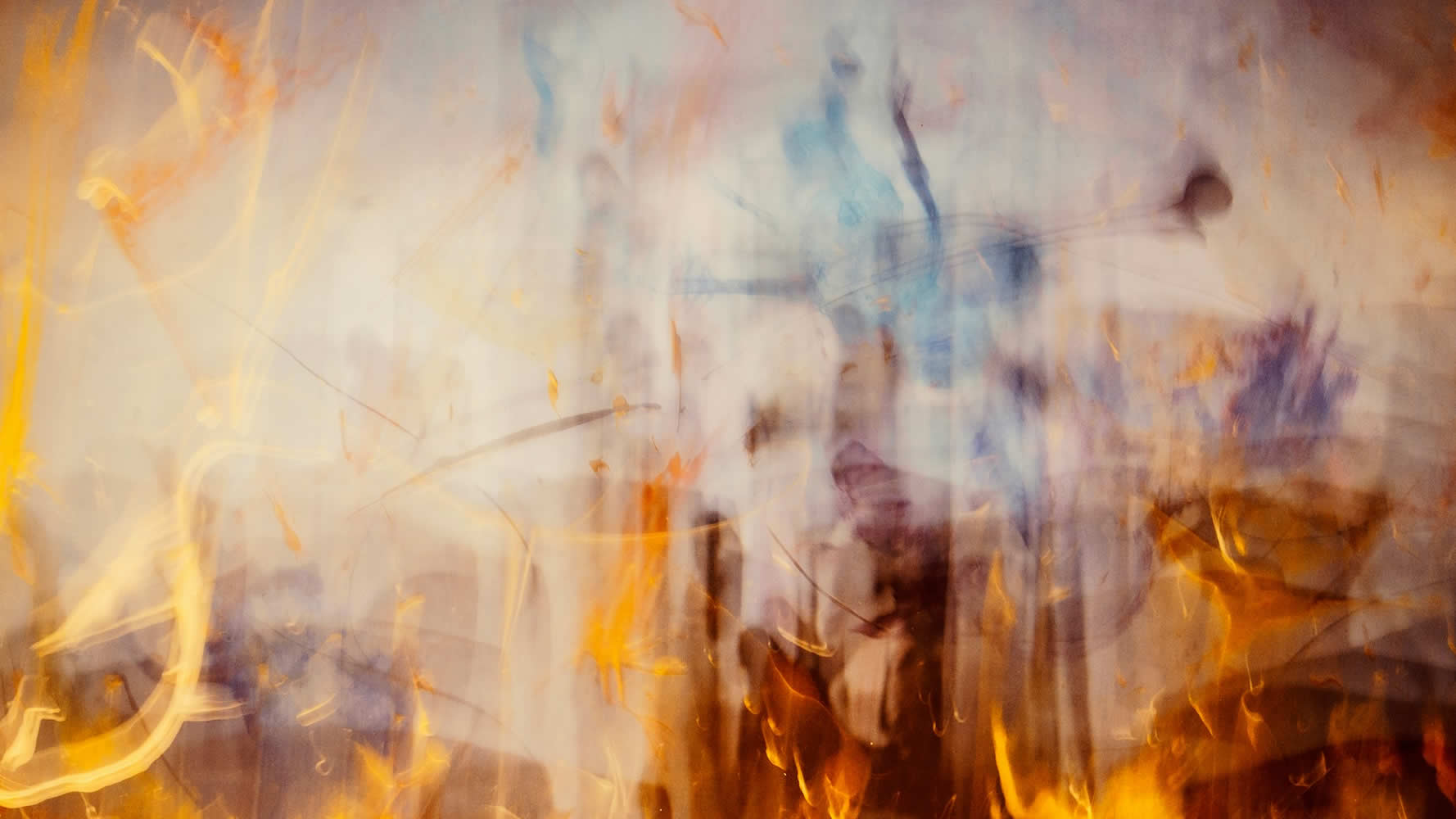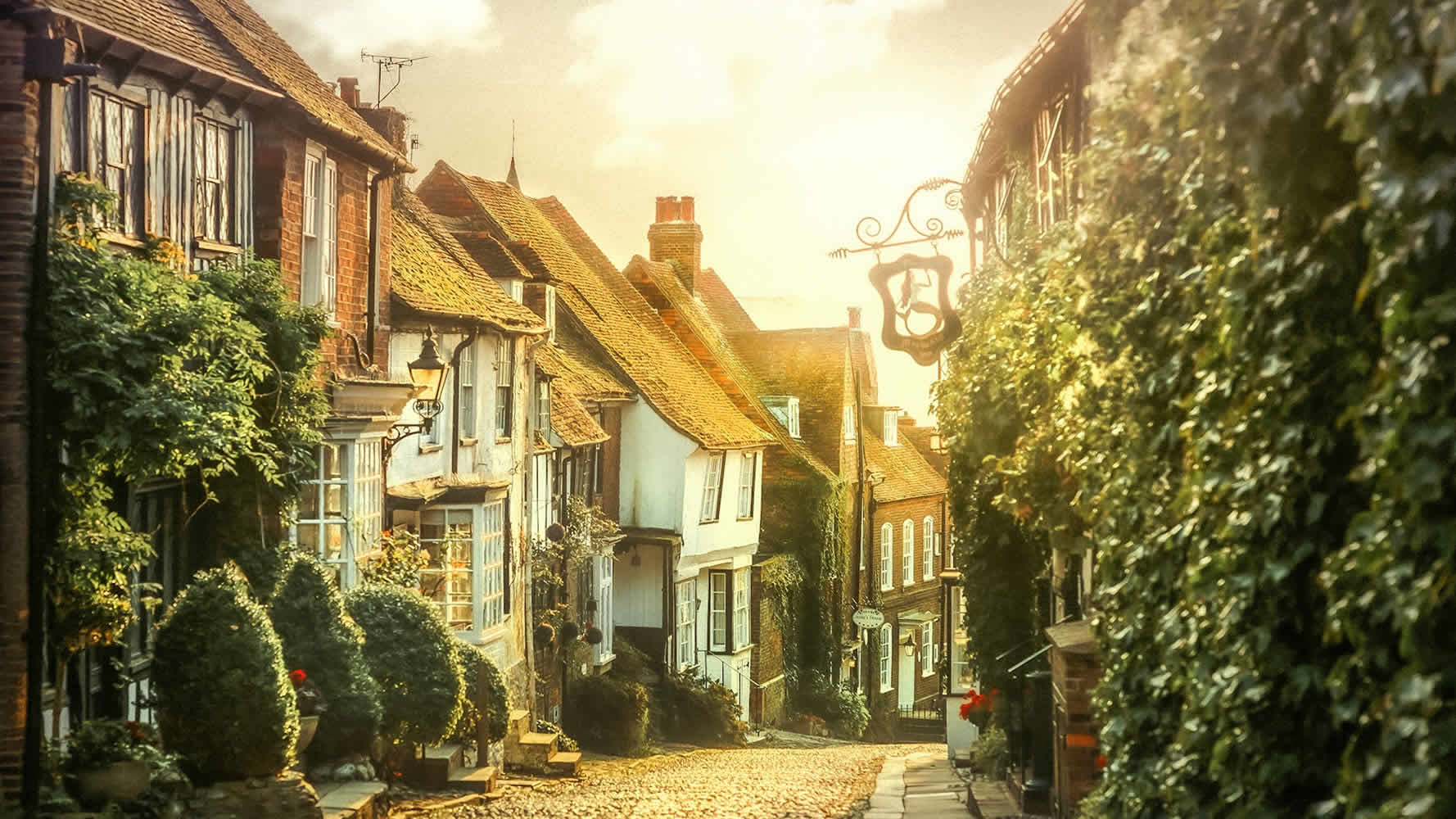Experiencing a fire can flip your world upside down. One moment you’re living your normal life, the next, you’re staring at blackened walls, soggy carpets, and a lingering smell that’s hard to forget. Whether you’re a homeowner, a landlord juggling tenant concerns, or a business owner trying to avoid downtime – fire restoration is your next big step.
In this no-fluff, human-friendly guide, we’ll walk you through what fire restoration involves, why it’s not a DIY situation, and how to find building restoration services near you without pulling your hair out.
First Things First: Is Fire Restoration Really Necessary?
Short answer? Yes.
Long answer? Also yes, but here’s why.
Fires cause more than just visible destruction. Smoke, soot, and the water used to extinguish the blaze often linger long after the last flame dies out. If you skip professional fire restoration services, you risk permanent structural damage, health hazards from smoke residue, and even mould outbreaks – yep, water damage’s best friend.
Not to mention, insurance companies love seeing proper documentation from a certified fire restoration company. It’s just smart damage control.
The Fire Restoration Process (A Deeper Dive)
We touched on this earlier, but here’s a more detailed look at what goes down during full-scale restoration:
1. Inspection & Evaluation
Professionals start with a comprehensive walk-through. They don’t just eyeball things – they measure moisture levels, check structural integrity, and identify salvageable materials.
2. Securing the Scene
Your property gets boarded up, tarped over, and sealed tight. Why? To stop thieves, curious animals, or rain from making things worse.
3. Water Removal & Drying
Remember the gallons of water dumped by firefighters? That needs to be extracted – fast. Then industrial-grade fans and dehumidifiers take over. Drying everything thoroughly is crucial to prevent mould, mildew, and warped flooring.
4. Soot & Smoke Cleanup
Soot doesn’t just look ugly – it’s corrosive and toxic. Cleaning smoke damage involves special vacuums, HEPA filters, and chemical sponges. It’s not just wiping down surfaces – it’s targeted and technical.
5. Air Purification & Odour Control
Think your house will always smell like a burnt marshmallow? Not necessarily. Ozone treatments, fogging machines, and air scrubbers neutralise odours instead of masking them.
6. Rebuilding & Restoring
Finally, the actual reconstruction begins. Drywall, flooring, windows, roofs – whatever took a hit gets rebuilt. Some companies even coordinate directly with insurers, taking more stress off …







